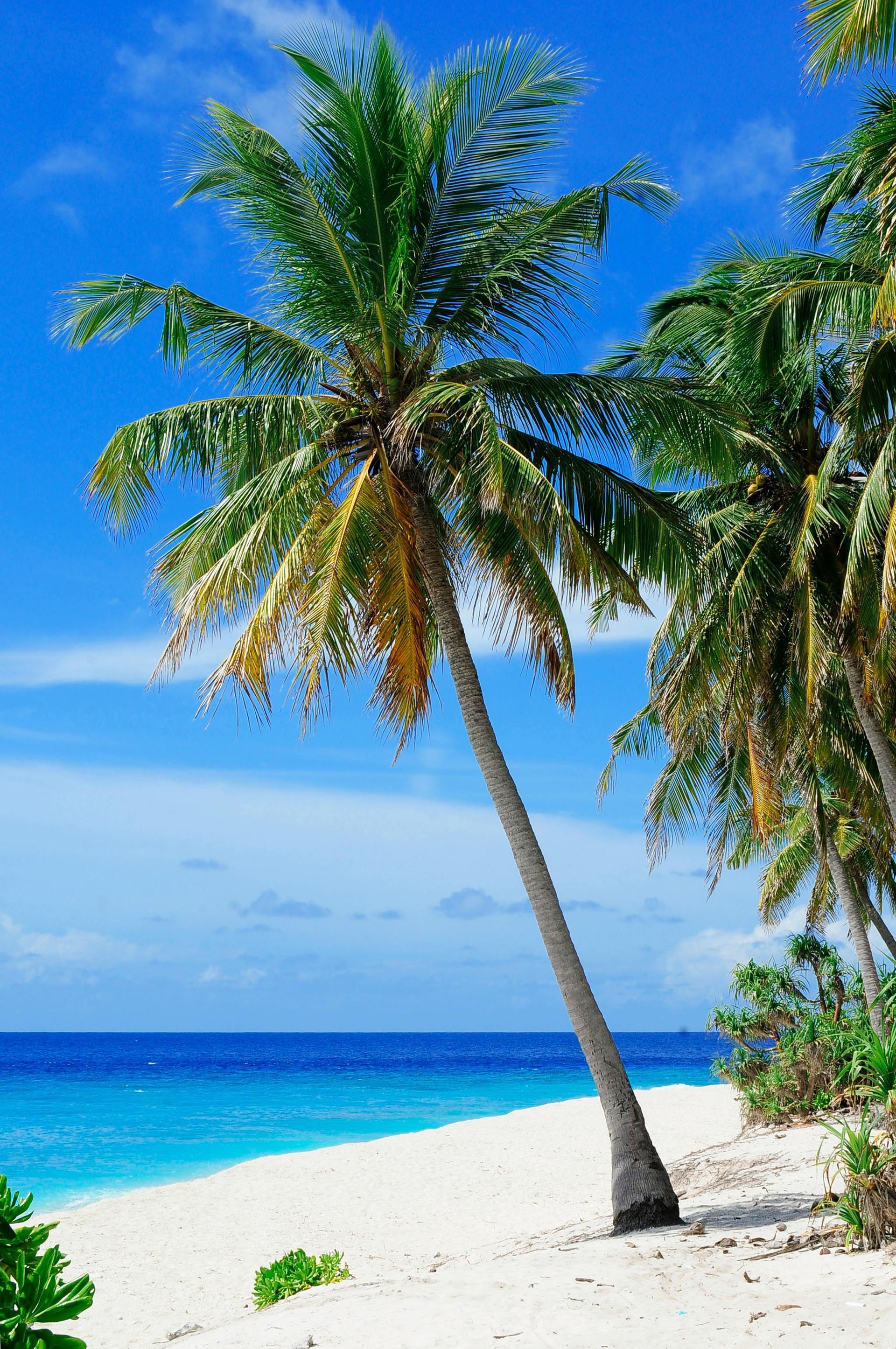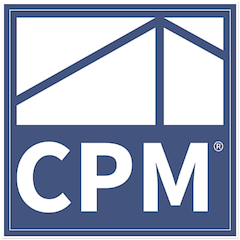Return on Investment for Properties in South Florida
Gaston Reboredo • December 20, 2019
Calculating the Return of Investment for properties - Capitalization Rate and Value

Several investors are not calculating their return on their real estate investment the right away. We see many overpriced properties being purchased by investors due to lack of analysis. In this blog we are going to explain a simple way of analyzing the return of a real estate investment in its first year of acquisition. Future blogs will explain more sophisticated analysis, such as Internal Rate of Return and Net Present Value.
We are going to use in this example a multifamily building, an apartment building held for rental investment. The same concepts can be applied to any residential or commercial property investment. We are going to be talking about yearly figures.
The first number in our analysis is the Potential Gross Income (PGI) which is the maximum income the property can produce being 100% occupied at market rent. If the building has 10 units and market rent is $1,000 per unit per month, then the PGI for the year is $120,000.00
As we know not all units can be rented all the time. Tenants move out, sometimes we do not collect full rent due to collection situations, etc. Then a vacancy factor must be applied to the PGI to arrive at the Effective Gross Income. This is called the Vacancy Rate and is market derived unless there are specific factors affecting the desirability of the subject property such as physical obsolescence but in normal circumstances the vacancy rate is inherent to specific market conditions and can be market derived.
Once we arrive at the Effective Gross Income we need to deduct all Operating Expenses, such as Property Taxes, Maintenance and Repairs, Management Fees, Property Insurance, Licenses, Utilities (is paid by Landlord), Grounds and Landscaping, Leasing Commissions (amortized) and any other cost or expense related to the operation of the property and necessary for the property operation.
When we deduct the Operating Expenses from the Effective gross Income we arrive at the Net Operating Income. But not quite, because we have not deducted Capital Expenses, the amount of money we have to spend over time for roof replacement, equipment replacement (Air Conditioning and Appliances) Parking Lot resurfacing, Painting, and any other expenses necessary to keep the property going over time. These Capital Expenses are not spent yearly but when necessary and must be estimated and forecasted and accounted for and amortized over the life of the asset being replaced or improved. These are known as Reserves for Replacements, money we put aside every year from the operating income in order to have sufficient funds when the replacement takes place. For example if I know an Air Conditioning is 10 years old and its useful expected life is 15 years, i need to take into account that in 5 years most likely i will have to replace the unit. If the cost of a new unit is $5,000 then i need to put aside $1,000 as Reserves for Replacement yearly if I am buying the property today in order to have enough funds for the replacement of the unit in 5 years. To be technically correct we need to apply the expected inflation rate over that period because the cost of the unit is $5,000 today but due to inflation most likely the unit will cost probably $5,500 in 5 years when we apply an estimated inflation rate. It is a good practice to actually separate these funds not only accounting for them but actually going into a money market account, savings account or government bonds and rolls over year to year until used, if the unit is expected to be replaced in 5 years but lasts 7, then I will have in year 7 more than enough funds to replace the unit so I can either adjust my yearly reserves for replacements, distribute the excess to Partners or keep the additional funds as a cushion. It is very important to spend sometime in this concept and properly account for all variables and obtain the best possible estimates.
Then from the Effective Gross income we need to deduct the Operating Expenses and Reserves for Replacement or estimated Capital Expenditures to arrive at the right Net Operating Income.
If we divide the Net Operating Income by the Total Acquisition Cost (Purchase price plus Closing costs) we obtain a return for that year of operation which is called Capitalization Rate or Cap Rate. The Cap rate is a good indication of an expected return of the property. Also the Cap Rate can be market derived by calculating actual sale prices and income and expense figures on recently closed similar properties. The Market Derived Cap Rate can be used to determine the market value of a given property and compare it with the asking price. If we have a target Cap Rate we can then determine the offer we want to make to purchase a property, knowing all other variables.
You can see that up to this point we have done the analysis before tax and before financing. Usually we perform analysis before and after tax but we will discuss in another blog. Financing has nothing to do with property value at this point and we will analyze the effects and pros and cons of financing a real estate investment.
For now the concept of Cap Rate reflecting the return of the investment and being a way to arrive at a property value, calculating Net Operating Income and then Cap Rate can help investors pay no more than market value for properties and compare available properties and their offering prices with their return on investment goals.













